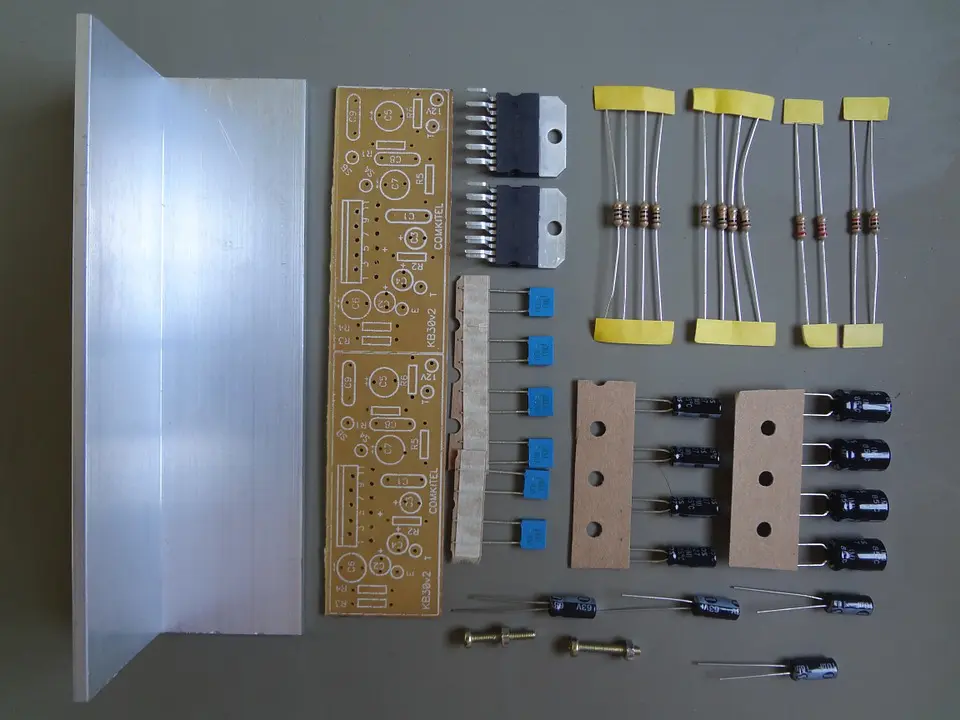When making circuit boards, you have to put in parts that will provide resistance. The way to do this is by placing components known as resistors. Resistors are tiny, and yet they pack a lot of resistant power.

The primary job of a resistor is to lower the electric current to a determined amount. So the question is, how does a resistor work? If you take a closer look on the inside of a common resistor and remove the exterior layer of the paint covering, a ceramic pole will appear right in the center of it. This pole has a wire made of copper entwined all around the exterior of the pole. The copper entwined pole is what you call a wire-around type of resistor. The part that gives the resistor the power to resist is the copper wire. The more entwinement there is, the more resistant the resistor becomes.
There is another type of resistor, one with lower value because instead of having a copper wire entwined around it, carbon is used to wrap the pole. The carbon wrapped resistor is much cheaper to manufacture. This type of resistor is called carbon-film.
